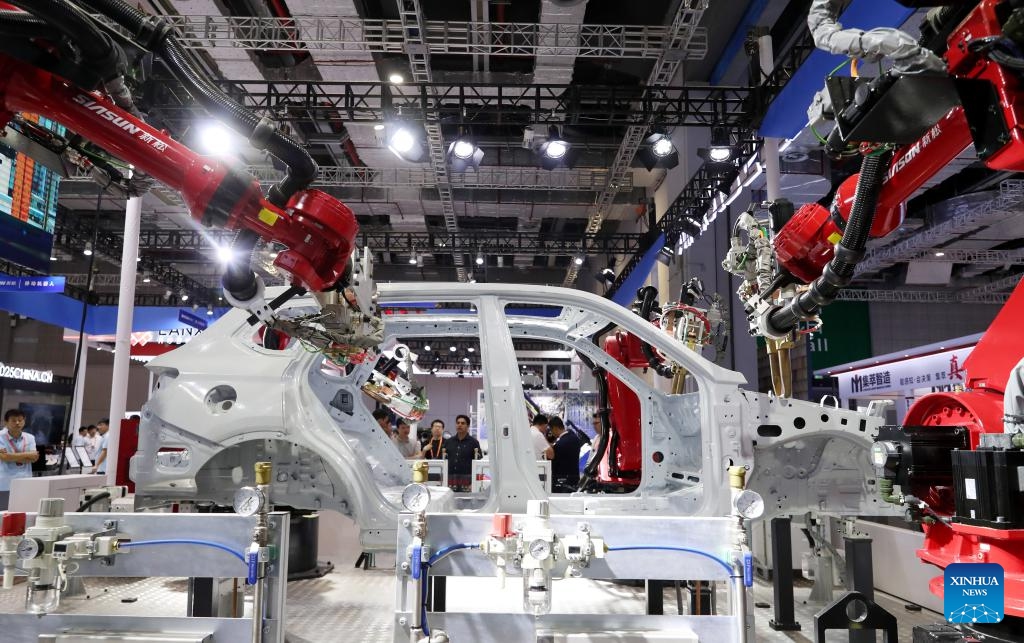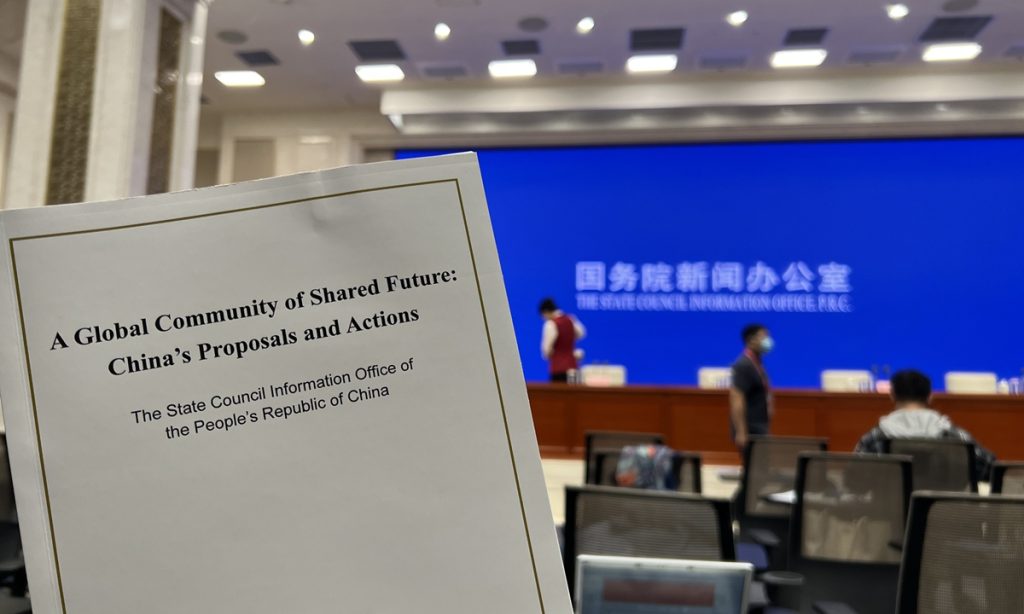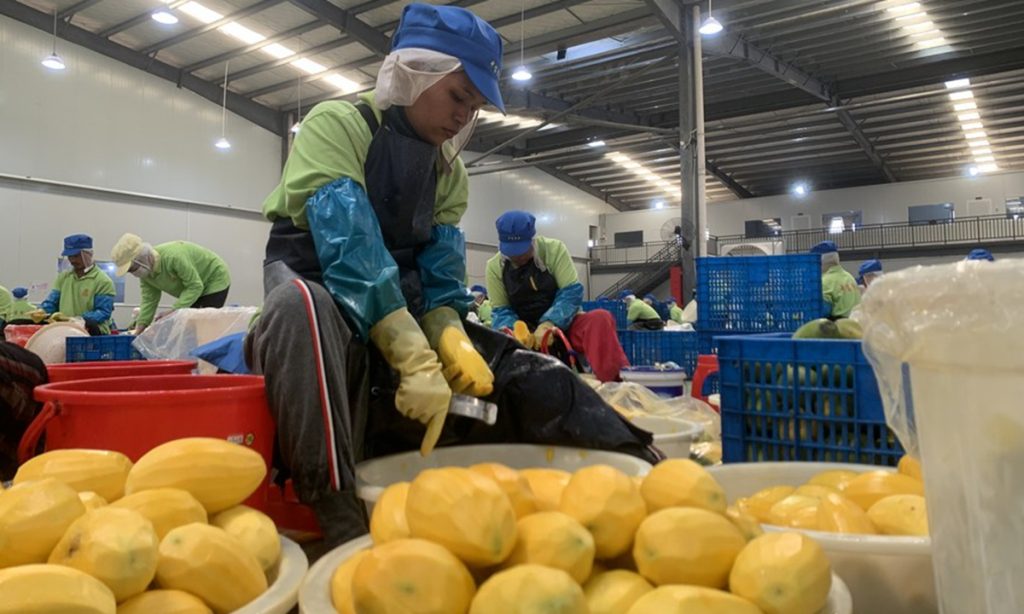Expanding industry fair creates platform for domestic and foreign manufacturing companies

The 23rd China International Industry Fair, which drew to a close on Saturday in Shanghai, attracted over 200,500 visitors from more than 2,800 enterprises across 30 countries and regions, offering a unique platform for domestic and foreign manufacturing companies.
As a window and platform to promote global industrial economic exchange, the fair, which has now been run for 22 years, has attracted higher attendances and publicity.
The proportion of international brands participating in the exhibition has increased to 30 percent, the organizer said, according to Xinhua.
Alongside companies from traditional manufacturing powers such as the US, Germany, Japan, and Italy, there were also first-time exhibitors from Kazakhstan, Azerbaijan and Cuba. In addition, the companies from Italy have further expanded its scale, with the number of exhibitors increasing to 65, an increase of 30 percent over the same period of the previous session.
As the process of industrial digitization accelerates, technologies such as artificial intelligence and industrial Internet are reshaping the global production system.
Zhejiang Sineva Intelligent Technology Co, a tech company aiming to provide mobile robot solutions, displayed the SIBOT series of composite robots that have been recognized by customers in the semiconductor industry.
In 2023, the company has launched a variety of products such as SIBOT series composite robots and W series water tank robots, focusing on the core capabilities of precise handling, connection and transportation, and automatic loading and unloading, to help partners further improve logistics performance and production efficiency.
"We are helping customers improve the digitalization and intelligence level of production and operation links to realize 'Chinese speed'," Liu Changlun, CEO of Zhejiang Sineva, said.
At the exhibition, Schneider Electric released a white paper on the highly integrated 5G+PLC solutions together with the China Academy of Information and Communications Technology and the China United Network Communications Group Co, which are designed to explore the value arising from the connection between 5G networks and controls.
It also signed a strategic cooperation agreement with Sunshine Pumps (Tianjin) Co Under the agreement, the two parties will focus on the production and operation of high-end smart devices to explore opportunities for collaboration on digital and software solutions.
Pang Xingjian, senior vice president and head of industrial automation China of Schneider Electric, said that digital acceleration and sustainable development have become two long-term strategies that are both inseparable and complementary to each other for industrial enterprises: digital solutions underpin sustainable development, whereas sustainable development provides new stages and drivers for digital solutions.
Xin Guobin, vice minister of industry and information technology said at the opening ceremony on Tuesday that the ministry will work with other parties to foster a world-class business environment that is market-oriented, law-based, and internationalized, continuously deepen international innovation cooperation, and safeguard the security and stability of global industrial and supply chains.



